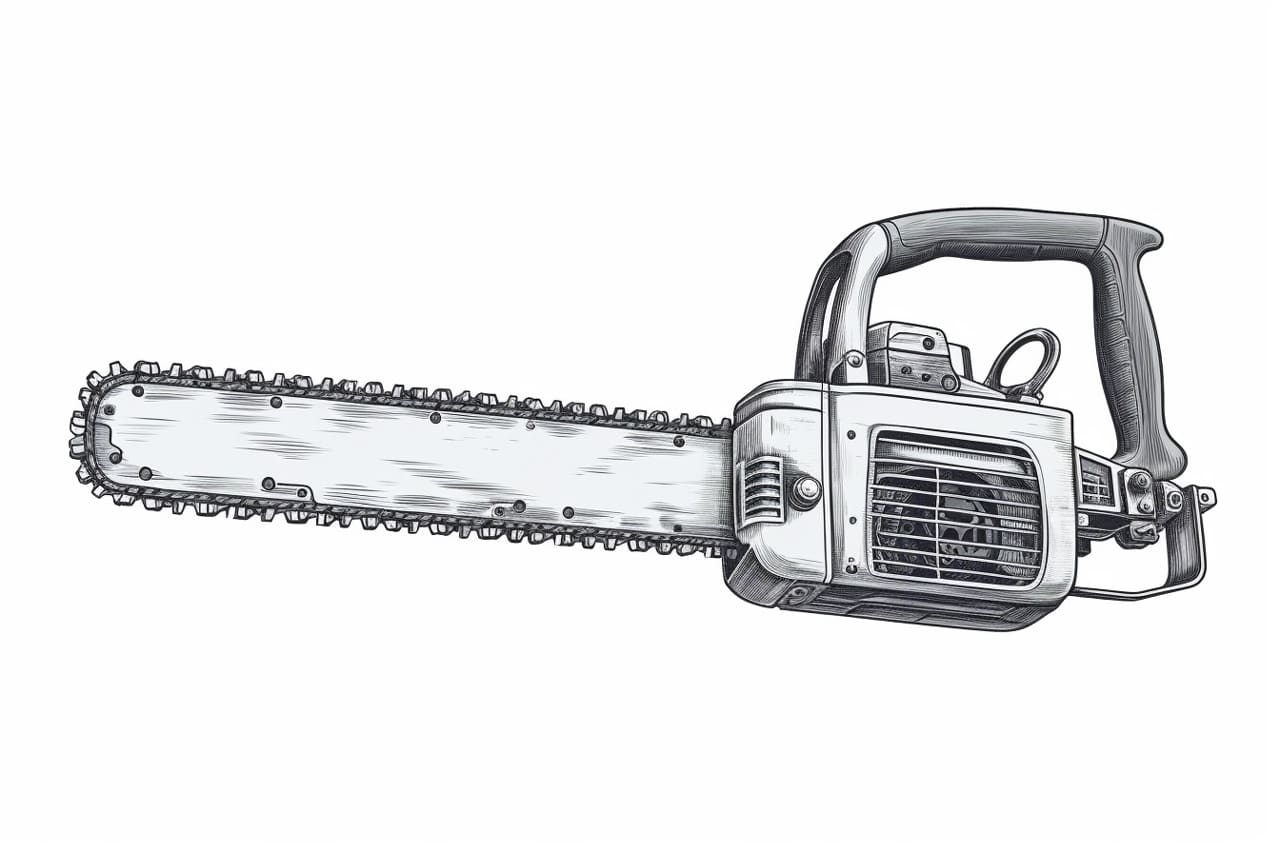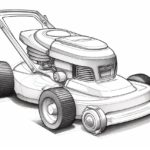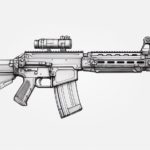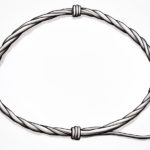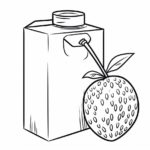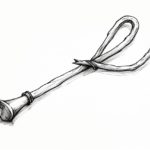Chainsaws are powerful and versatile tools often used in various applications, such as forestry, construction, and even art. Learning how to draw a chainsaw can be an exciting and challenging task for any artist. In this step-by-step guide, we will walk you through the process of creating a realistic and detailed drawing of a chainsaw. So, let’s grab our pencils and get started!
Materials Required
To start drawing a chainsaw, you will need the following materials:
- Drawing paper
- Pencil set (ranging from HB to 6B)
- Eraser
- Ruler
- Reference image of a chainsaw (optional but highly recommended)
Now that we have our materials ready, let’s begin the drawing process.
Step 1: Basic Outline
Begin by lightly sketching a long rectangular shape on your drawing paper using a pencil. This will serve as the basic outline for the chainsaw’s body. Use a ruler to ensure straight and accurate lines. Remember to keep the proportions in mind, as chainsaws come in various sizes.
Step 2: Handle and Rear Grip
On the top of the rectangular shape, draw a slightly curved line to indicate the handle of the chainsaw. The handle should be thicker towards the rear end. Next, draw a smaller curved shape beneath the handle to represent the rear grip. These two elements are essential for a realistic chainsaw drawing.
Step 3: Front Handle and Trigger
Continuing from the rear grip, draw a straight line towards the front of the rectangular shape to create the front handle. This handle should be longer and wider than the rear grip. Next, draw a small rectangle shape on the rear end of the front handle to represent the trigger. The trigger is used to activate the chainsaw’s cutting mechanism.
Step 4: Guide Bar
To accurately depict a chainsaw, it’s important to draw the guide bar, which is the long, narrow, and flat part on the bottom side of the chainsaw. Extend a straight line from the front handle towards the rear end, parallel to the rectangular shape. Add a small rectangle shape at the tip of the guide bar to represent the chainsaw’s nose.
Step 5: Engine Housing
Now it’s time to draw the engine housing, which is the central part of the chainsaw that houses the engine and other components. On the top side of the rectangular shape, draw a slightly curved line from the handle towards the front end. Add another curved line on the bottom side, parallel to the first one, to complete the engine housing’s shape.
Step 6: Air Filter and Cooling Fins
On the rear end of the engine housing, draw a small rectangular shape to represent the air filter. This is an important component of a chainsaw that prevents debris from entering the engine. Above the engine housing, draw several vertical lines with small gaps in between to create the cooling fins. These fins help dissipate heat during operation.
Step 7: Chain and Bar
To create a realistic chainsaw drawing, it’s crucial to depict the chain and bar accurately. Extend two parallel lines from the front end of the guide bar towards the engine housing. These lines should be close together, representing the chain’s contact with the bar. Add small rectangular shapes along the length of the chain to indicate the individual links.
Step 8: Details and Textures
Now that we have the basic structure of the chainsaw, it’s time to add details and textures to enhance the drawing’s realism. Pay attention to various components such as screws, handles, safety guards, and switches. Use references or real chainsaws to guide you in adding these intricate details. You can also add shading and texture to create depth and dimension to your drawing.
Conclusion
Drawing a chainsaw may seem daunting at first, but with practice and attention to detail, you can create a lifelike representation. By following the step-by-step instructions outlined in this guide, you have learned how to draw a chainsaw from scratch. Remember to start with a basic outline and gradually add details to achieve a realistic result. So, grab your pencils, be patient, and let your artistic abilities shine through as you recreate the power and precision of a chainsaw on paper!

